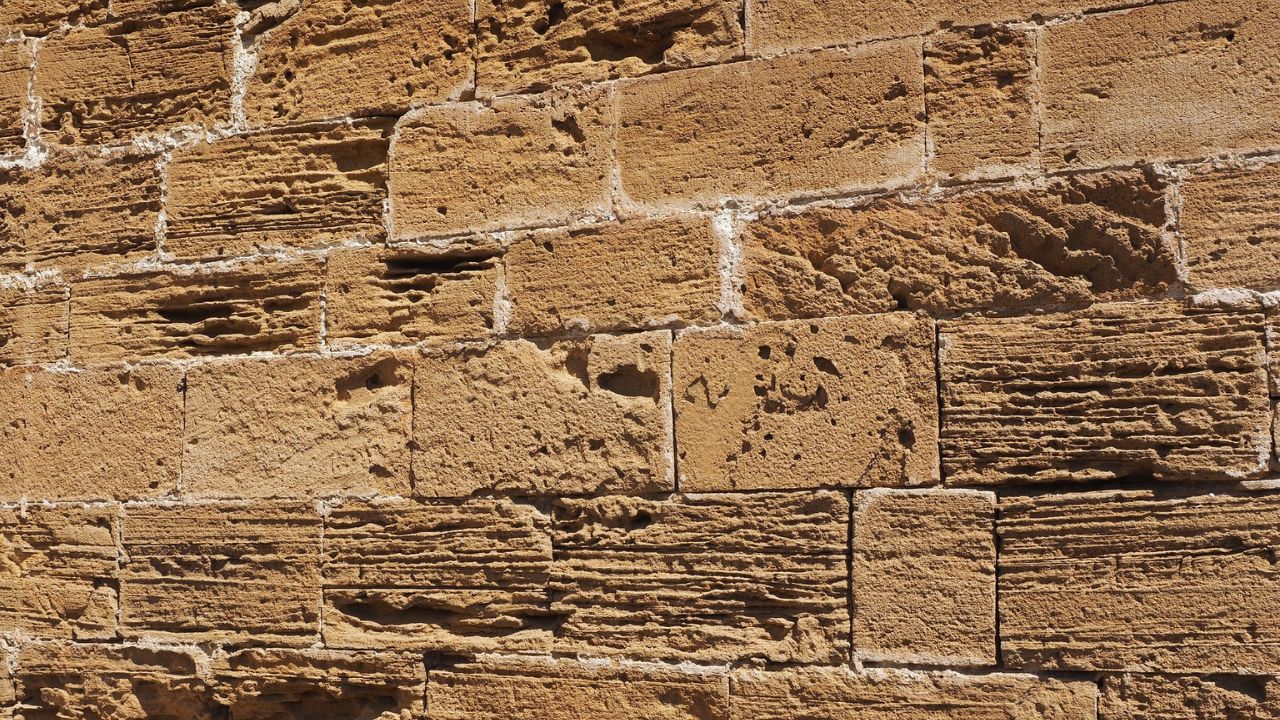What is a concrete block?
A concrete block, also known as a concrete masonry unit (CMU), is a rectangular block made from concrete, typically composed of cement, sand, gravel, and water. These blocks are commonly used in construction for building walls, foundations, fences, and other structures. Concrete blocks are valued for their strength, durability, and cost-effectiveness.
How Does the Calculator Work?
To estimate the number of concrete blocks required, you need two inputs:
- Wall Dimensions: Height and width of the wall.
- Block Dimensions: Height and width of a single concrete block.
Formula for Calculating the Number of Blocks
The primary formula is:
Number of Blocks=Block AreaWall Area
1. Calculating Wall Area
The area of the wall is calculated using:
Wall Area=Wall Height×Wall Width
2. Calculating Block Area
The area of a single block is calculated using:
Block Area=Block Height×Block Width
3. Final Formula
Substituting the values of wall area and block area into the main formula:
Number of Blocks=Block Height×Block WidthWall Height×Wall Width
4. Formula to Calculate Total Block Cost
To calculate the total cost of the concrete blocks needed for your wall, you simply multiply the number of blocks required by the cost of one block.
Formula
Total Cost=Required Blocks×Cost per Block
Where:
- Required Blocks = Number of concrete blocks needed to build the wall
- Cost per Block = Price of one concrete block
Example Calculation
Let’s calculate the number of blocks for a wall with the following dimensions:
- Wall Height: 3 meters
- Wall Width: 6 meters
- Block Height: 0.2 meters
- Block Width: 0.4 meters
Step 1: Calculate Wall Area
Wall Area=3×6=18m2
Step 2: Calculate Block Area
Block Area=0.2×0.4=0.08m2
Step 3: Calculate Number of Blocks
Number of Blocks=0.0818=225
Step 4: Calculate blocks cost
Let’s say:
- You need 225 blocks
- The price of one block is $2.50
Total Cost=225×2.50
Total Cost=562.5
Conclusion
Using this simple calculator, you can quickly and accurately estimate the number of concrete blocks required for your project. This ensures precise planning, reduces wastage, and optimizes costs.
Frequently Asked Questions
1. What are the standard sizes of concrete blocks?
The most common standard size for a concrete block is:
- 16 inches long × 8 inches high × 8 inches wide (nominal size)
- Actual size (accounting for mortar joint): 15.625 in × 7.625 in × 7.625 in
Other common sizes include:
- 16 × 8 × 6 inches
- 16 × 8 × 4 inches
- 16 × 8 × 12 inches
Sizes may vary depending on regional standards and block type.
2. How much does a concrete block weigh?
On average, a standard 8x8x16 inch concrete block weighs between 30 to 35 pounds (13.6 to 15.9 kg).
The weight can vary based on the block’s density, whether it’s solid or hollow, and the materials used.
3. How many concrete blocks do I need per square foot?
A standard 16x8 inch block (nominal size) covers approximately 0.89 square feet. On average, you’ll need about 1.125 blocks per square foot of wall area (allowing for mortar joints).
4. What is the difference between solid blocks and hollow blocks?
- Solid Blocks: Made with minimal cavities; stronger, heavier, and better for load-bearing applications.
- Hollow Blocks: Contain hollow cavities (typically 25-50% of the block’s volume); lighter and provide better insulation but require reinforcement for load-bearing walls.
5. Can concrete blocks be painted or finished?
Yes! Concrete block walls can be painted, plastered, or covered with finishes like stucco, tiles, or cladding. Before painting, it’s recommended to apply a primer or masonry sealer for better adhesion and durability.

Check out 21 Similar Calculators: